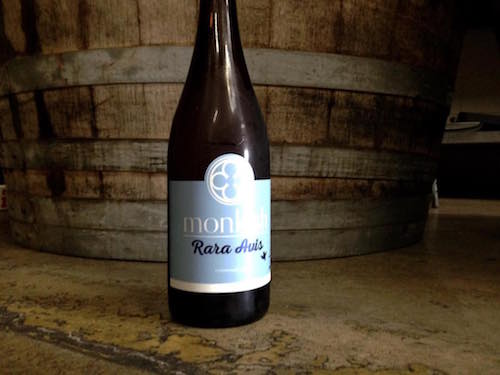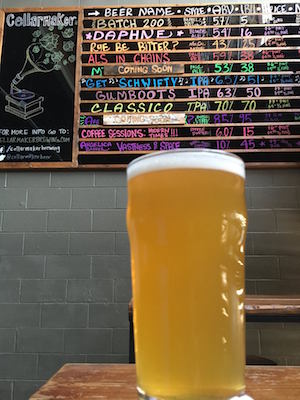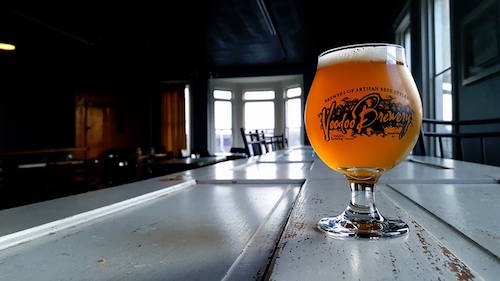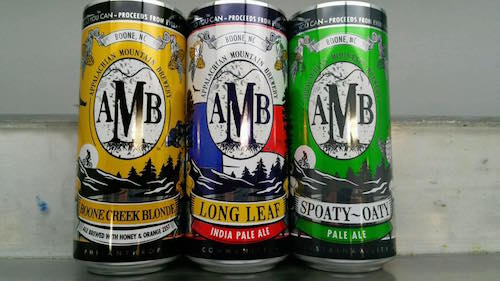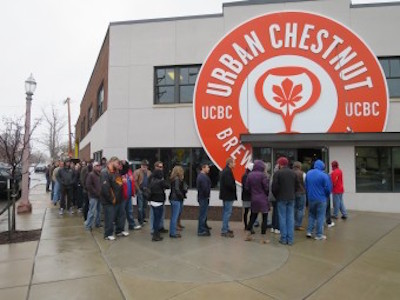Best Breweries of 2016
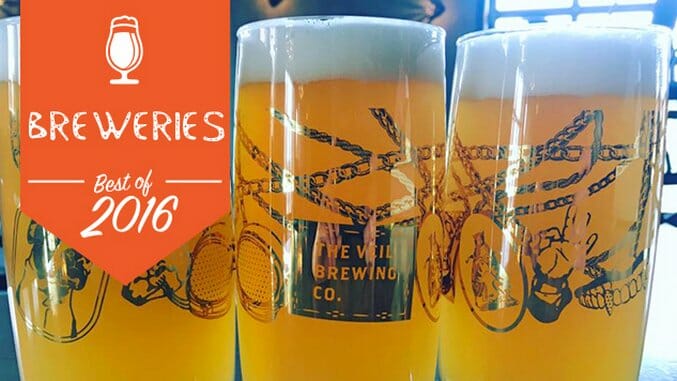
We spend a lot of time obsessing over the next great thing in the beer world. New hops, new beers, new breweries. And while it can be fun to ogle the new hotness, it’s important to recognize and appreciate the breweries that have been around the block a few times but still manage to knock our socks off. The breweries on this list might not have that “new car smell” anymore, but they’re still killing it. And they impressed the hell out of us this year, maybe because they brought back some long-lost fan favorites or maybe because they created something entirely new and out of this world. For a variety of reasons, these are our favorite long-standing breweries of 2016, in no particular order.
Prison City Pub and Brewery
Auburn, New York
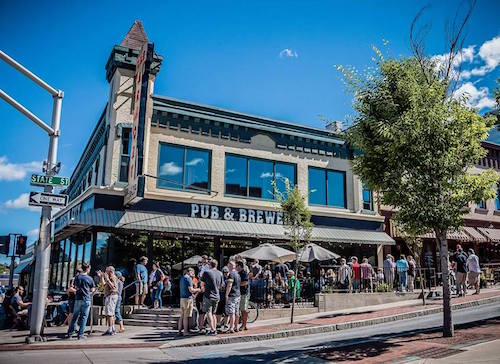
The first time I tasted something from Prison City, it was because a person I trusted while attending GABF told me that I needed to go out of my way to find their booth. And I’m glad that I did. That year, they walked away with a silver medal for their Belgian pale ale, Bleek Worden, but they were still very much flying under the collective radar of the festival. And heading into 2017, that has changed.
When you send an IPA in for a blind tasting, and it’s chosen as the overall #1 out of 247, as Prison City’s Mass Riot was in our August blind tasting of IPAs, there’s zero chance that’s not a great beer. We’re talking about a beer that first won its initial day of tasting, and then met up with the 24 of the other best IPA finalists in a second tasting, which it also won. That’s a pedigree, right there—undoubtedly worthy of the line of craft beer geeks that snaked down the street the next time Prison City released the beer after it took home the gold medal. And to think, this is a brewery in upstate New York, not in a city like Portland or San Diego that is regarded specifically as a major craft beer destination. As the company expands and they work on opening their first full-on production facility not located in a brewpub, we’re beside ourselves with excitement in theorizing what kinds of beers Prison City will produce when it has the extra tank space to get adventurous. Their future is very, very bright, and we can’t wait to taste it. —Jim Vorel
Fremont Brewing Co.
Seattle, Washington
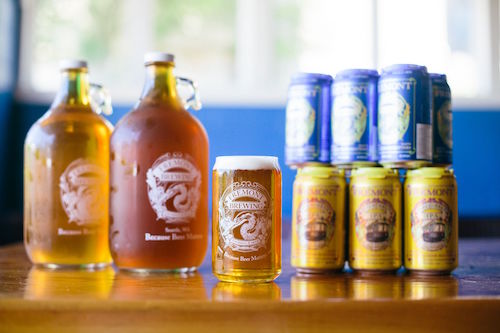
There are few breweries in the U.S. making barrel-aged beer we’re more excited to sample, in any given tasting, than the stuff from Seattle’s Fremont. As one of the largest craft breweries in Washington at this point, it’s all too probable that their offerings are probably somewhat taken for granted in their home state by some beer geeks eager to support smaller, local companies—which is understandable and natural. But this company deserves massive credit for its unbelievable consistency and overall quality level, which has become so apparent to us over the course of two years of blind style tastings at Paste. If there’s a Fremont entry in one of those tastings, it’s always solid. It may not necessarily be a world-beater, but it’s never anything less than “above average” … that’s their FLOOR, and it’s comparable to other breweries’ ceilings. In 2016 they surprised us with big performances in categories we didn’t necessarily expect, winning our blind tasting of harvest/wet-hop beers with Cowiche Canyon Fresh Hop Ale. They produced our #1 Christmas beer in 2015 with the massively rich, exquisitely aged Bourbon Abominable Winter Ale, which nearly just topped the list again: #4 out of 104 beers Christmas beers we blind-tasted for 2016. Every one of their wax-topped, barrel-aged strong ales and stouts are simply at a world-class level—I strongly believe that the exact same beers, if they came from a hyped nanobrewery, would probably be fetching hundreds of dollars in trades online. It’s so rare that a “regional brewery” can consistently produce beer on this level, but Fremont makes it look easy. —Jim Vorel
The Veil Brewing Co.
Richmond, Virginia
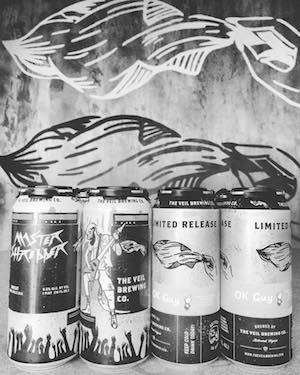
Richmond, Virgina’s The Veil is certainly one of the very best craft beer success stories of 2016. It’s truly remarkable how fast these guys rose to national prominence and fervent hype after getting their doors open. Better yet is the fact that the hype is justified in this case, because The Veil is making some outlandish, exceptional beer. Whether it’s wild ales or perfect examples of why NE-IPA is undoubtedly 2016’s beer substyle of the year, their 16 oz cans are inspiring some feverish hunting online. We got a good example of their abilities first-hand in the blind IPA tasting, when The Veil’s Master Master Shredder Shredder made the finals, ultimately finishing #14 out of 247 beers. The ascendancy of this brewery took Richmond, which was already a very good beer destination with the likes of Triple Crossing (also an IPA finalist this year) and Hardywood Park, and made it into one of the must-visit beer cities of the East Coast. They make many different IPAs, but you can feel certain that if it’s a hoppy beer style bearing The Veil’s logo, you’re in for a treat. —Jim Vorel
Burial Beer Co.
Asheville, North Carolina

Asheville’s Burial Beer Co. had a very big 2016, in terms of expanding their profile on a national scale. There’s little doubt that in beer geek circles they’re the “IT brewery” of Asheville, an ever-evolving community where competition is fierce and hype is fleeting. As their beer recently expanded in Georgia, we’ve been able to sample it more often than ever recently, and what really stands out with Burial ends up being the variety. Sure, they make a ridiculous number of IPAs (new ones every month, seemingly), but they’re also making an excellent variety of saisons, Belgian ales, porters and stouts. Most breweries might make one saison and call it a day—not Burial. The sheer variety gets a multiplier bonus for how many of those beers are far, far above average in terms of quality and execution. Every time I open another Burial IPA, I think “This probably won’t be as good as the last one,” and I’m almost always wrong. They’re getting to be one of those breweries where, if you see their tap handle at a bar, you just order that beer without asking what it is or looking up the style or description. And that’s not a plaudit I can give to many other breweries as a general rule. —Jim Vorel
Odd13 Brewing Co.
Lafayette, Colorado
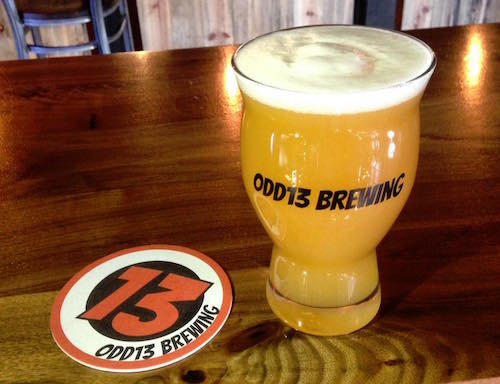
When discussing the “Napa Valley of Beer,” or the “Colorado Beer Triangle,” the big three cities—Denver, Boulder and Ft. Collins—tend to get most of the attention. But there are plenty of smaller, tucked away destinations removed from the “big city” lights deserving of recognition. One such unheralded stop not far off the route from Denver to Boulder is the town of Lafayette, home to Odd13 Brewing Co. Founded in 2013 by Kristin and Ryan Scott, the brewery specializes in beers with “character.” This translates to beers that are wildly creative and big on flavor with comic book inspired names and packaging. One such character (maybe superhero is more appropriate) that has been rapidly gaining notoriety is Codename: Superfan, a juicy 6.5% New England-style IPA brewed with Simcoe, Citra, Amarillo and Equinox hops. Codename: Superfan isn’t relegated to just one cape, however, and a double IPA (Superduperfan), double dry-hopped and triple IPA (Holidayfan) versions have been similarly sought-after. The OG Superfan, once hard to find, is now available in six-packs at liquor stores across the state. Other year-round offerings include Vincent Van Couch, an American session sour, and Hawaiian Bartender, a dry-hopped sour ale with mango and pineapple. Considering the semi off-the-beaten-path location, Odd13 incentivized making the trek with a series of canned taproom only releases and a tap-list that ranges from Brett fermented IPAs, Oktoberfests and saisons to coffee-infused oatmeal stouts and melon-enhanced quads. And, while not overtly advertised, the brewery uses White Labs Clarity Ferm, that has the side effect of reducing the gluten content of their beers. —Matt Sandy
-

-

-

-

-

-

-

-

-

-

-

-

-

-

-

-

-

-

-

-

-

-

-

-

-

-

-

-

-

-

-

-

-

-

-

-

-

-

-

-

